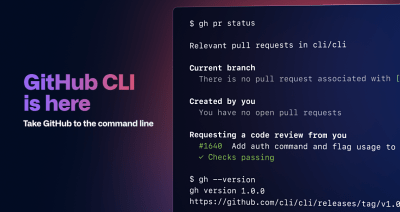
Installation access token creation requests now respect IP allow list settings
If your organization uses IP allow lists to restrict access, any API requests made with an installation access token for a GitHub App installed on your organization already respects those…












